Hello feathered friends.
This is week 30 of my weekly walking and bird spotting diary. Another week of extremely hot and dry weather. I tried to spend most of my time near the water. I walked or cycled exclusively in the morning and evening, avoiding direct sunlight. Fortunately, the birds followed the same rhythm. It was then that I managed to notice them in large numbers. I mostly visited the usual places, without exploring new ones.
For this week, I have documented 31 different bird species, of which one is new.
African stonechat
This week I noticed them in larger groups or individually. I also noticed that there are some deep in the field off the roads.
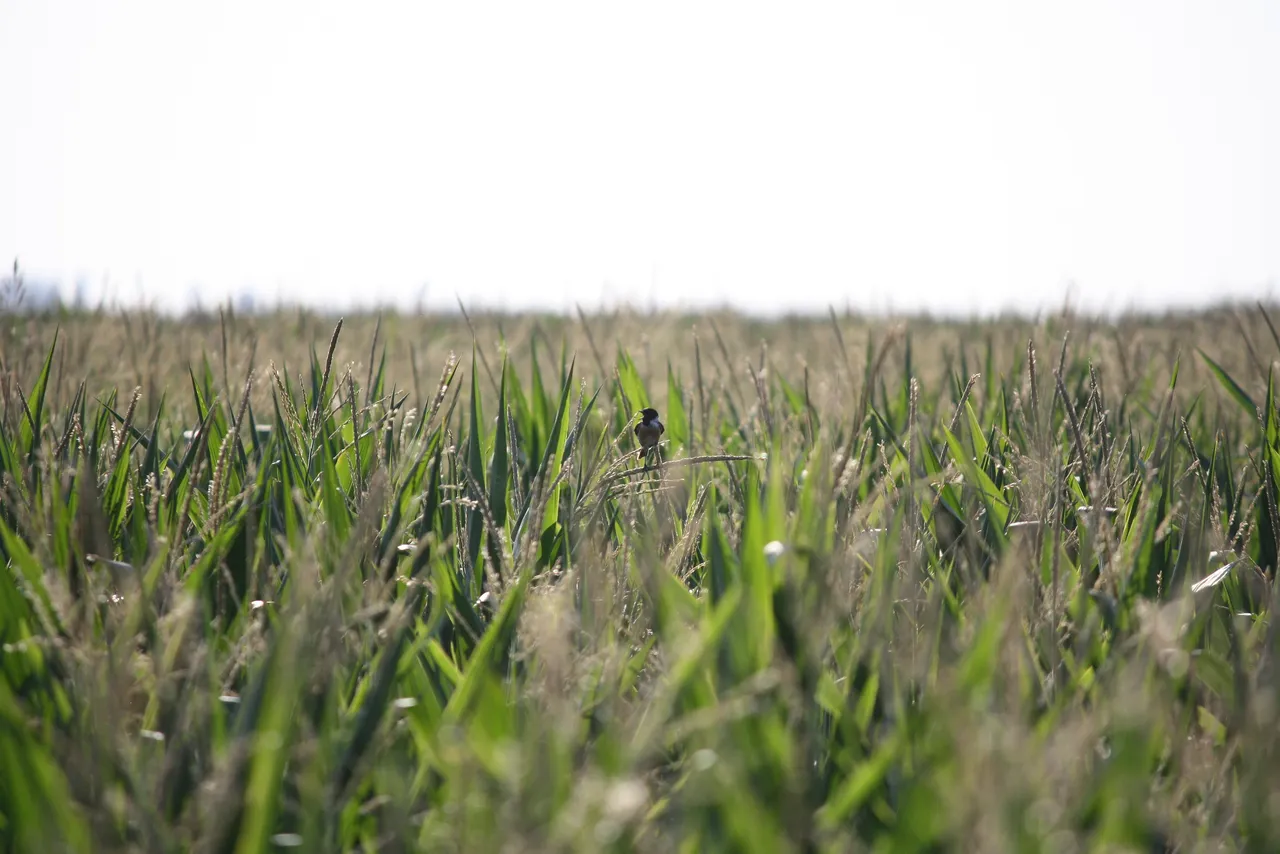
Barn swallow
Nothing has changed in their behavior. They still spend most of their time in flight. And their favorite place to rest is, of course, the transmission line wire.
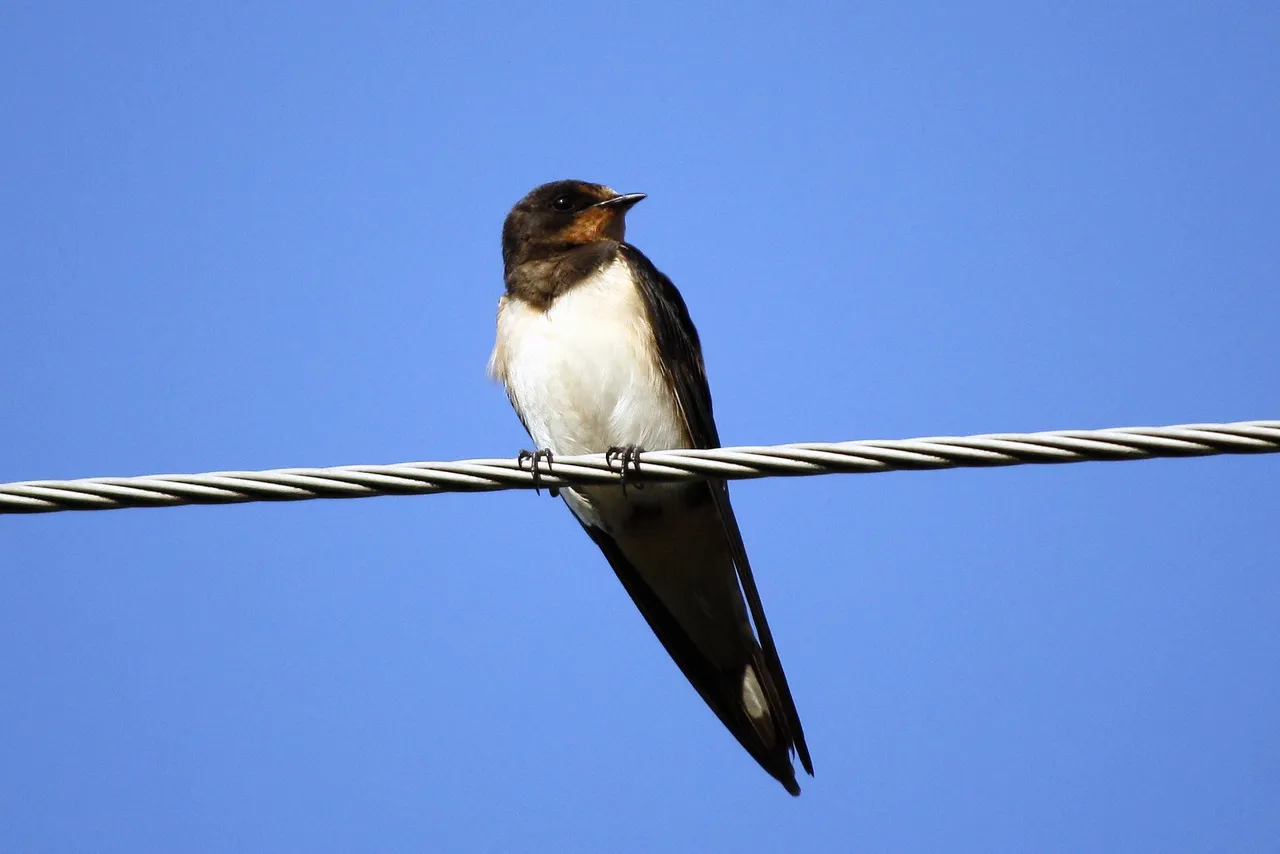
Black redstart
I see them in my backyard every day. I still haven't found their nests, but they must have settled in one of the buildings.
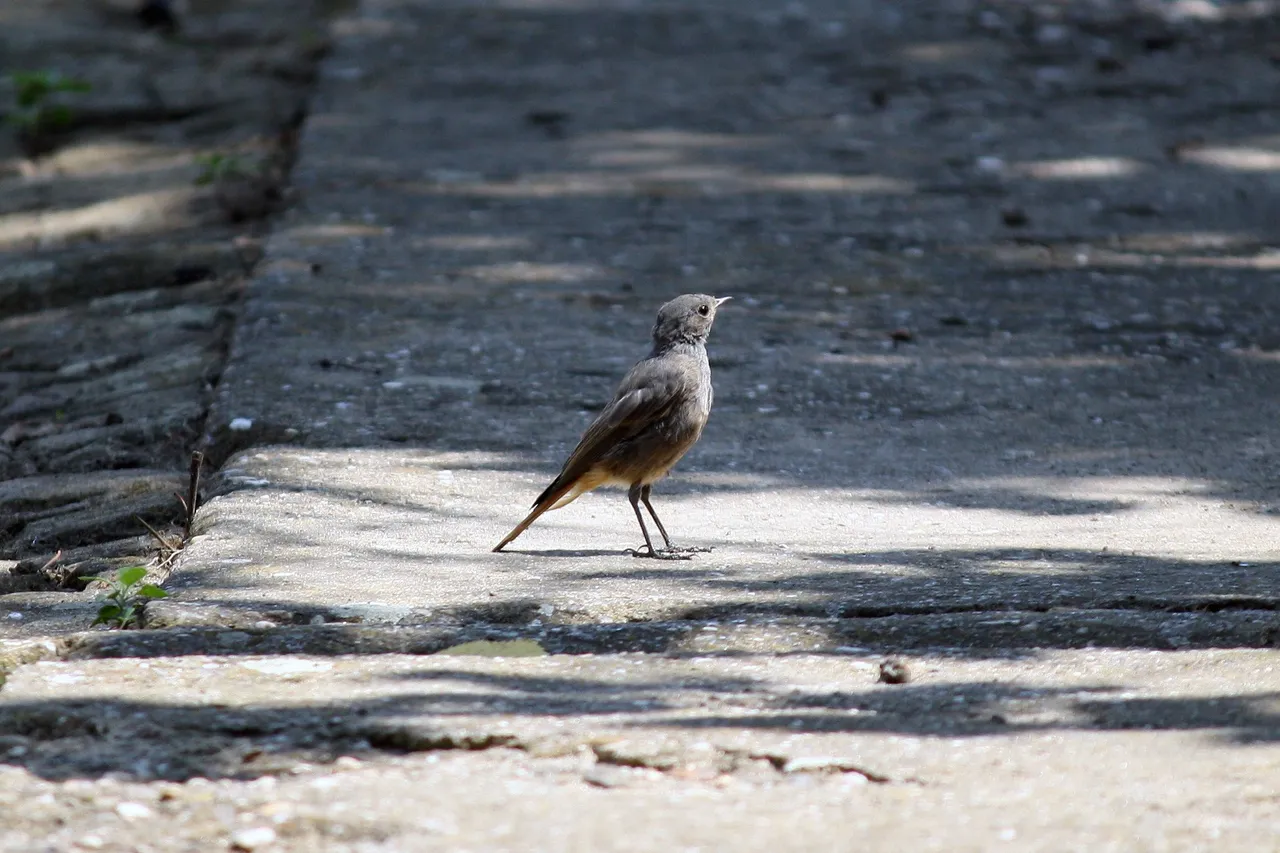
Black-crowned night heron
At the moment, I only see juveniles in a couple of locations. Unlike adult birds, they are active during the day.
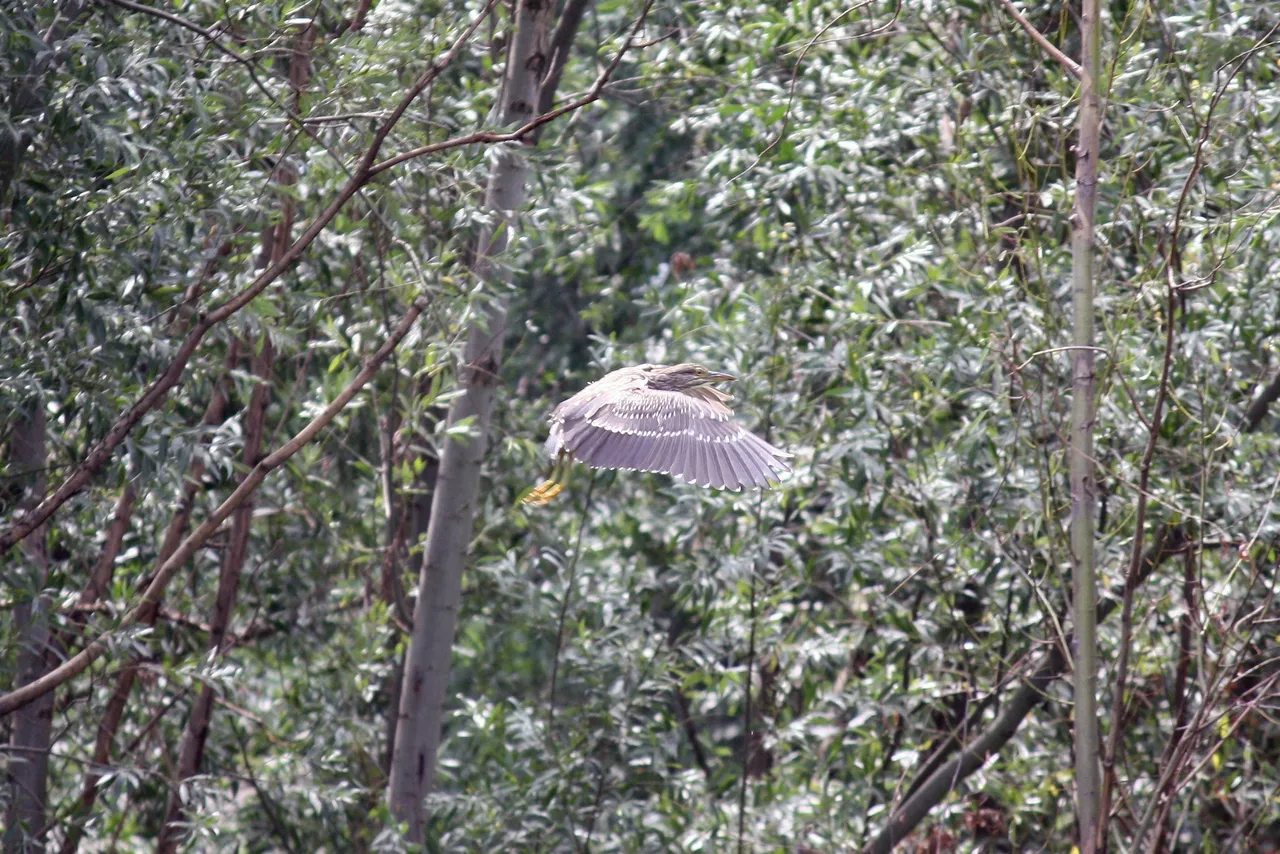
Common blackbird
In this dry period, even a small amount of water is a significant oasis, especially for young and inexperienced birds like this.
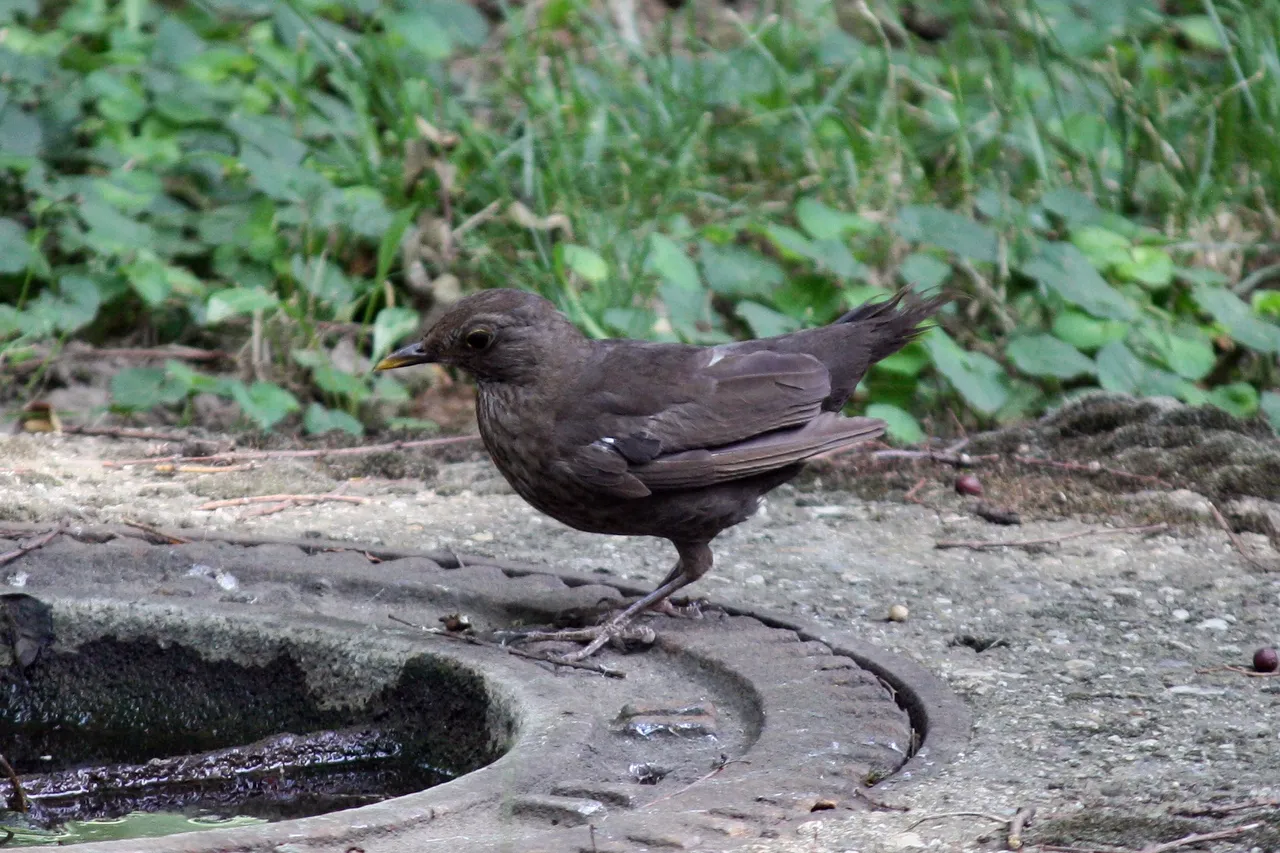
Common buzzard
I only notice them from a distance as they move away from me. I've been finding them in just one location for a couple of weeks now.
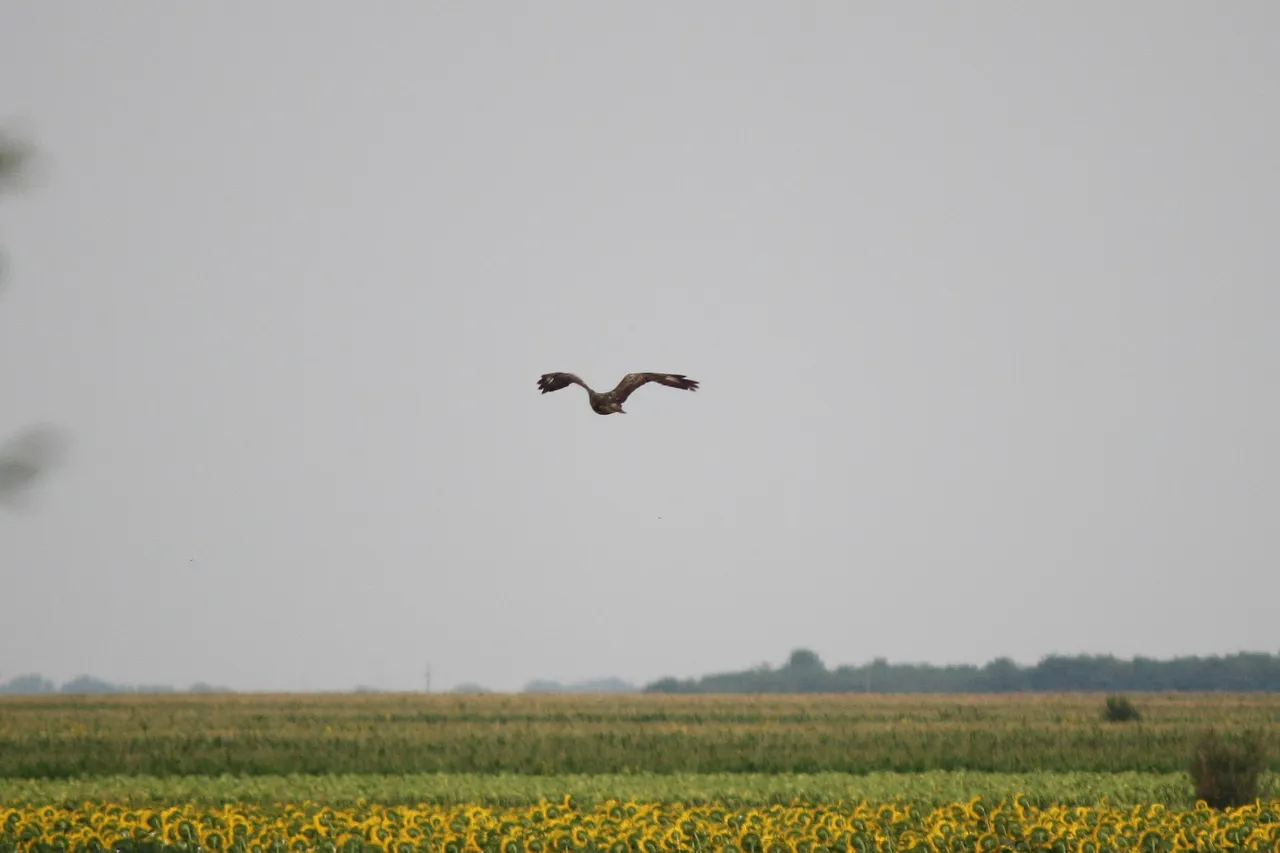
Common cuckoo
I rarely notice them, but they are still present in large numbers. It is impossible not to hear their specific call from time to time.

Common gull
They gather again in large flocks. Although they are most often near water, I often meet them in the field.
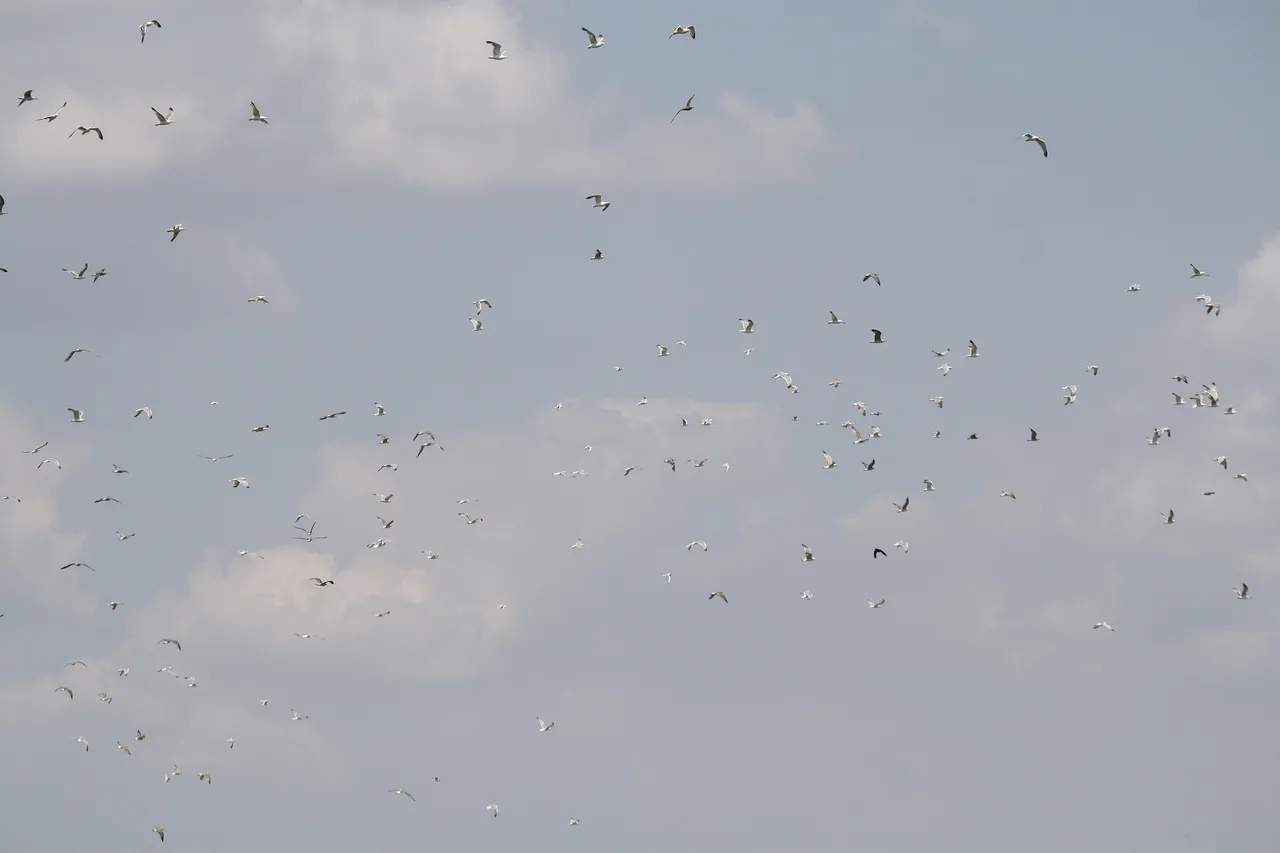
Common house martin
The common house martin is a new bird species that I haven't seen here. I've noticed a group of these birds circling around the pond.
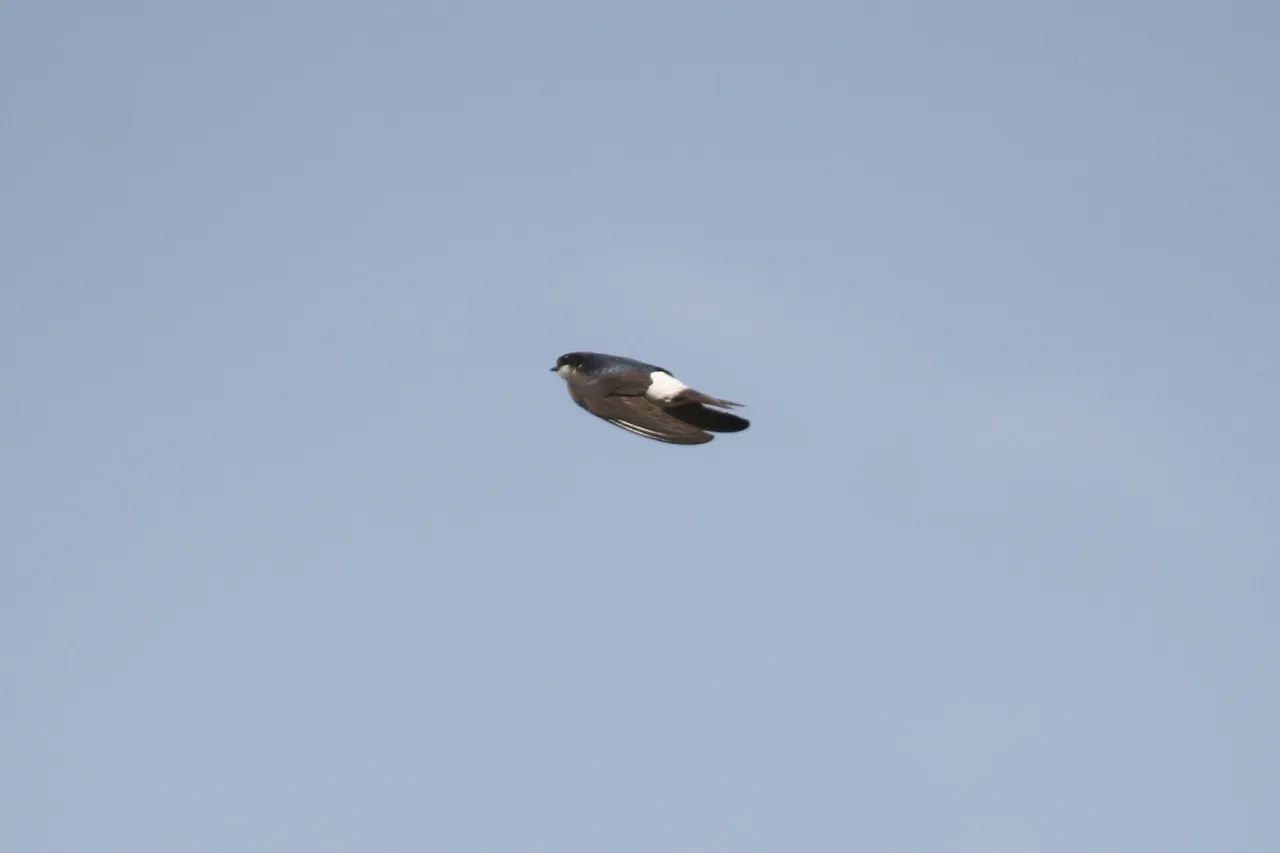
Common kestrel
It is simply impossible not to notice at least one of these birds along the way as he observes the surroundings from the transmission line.
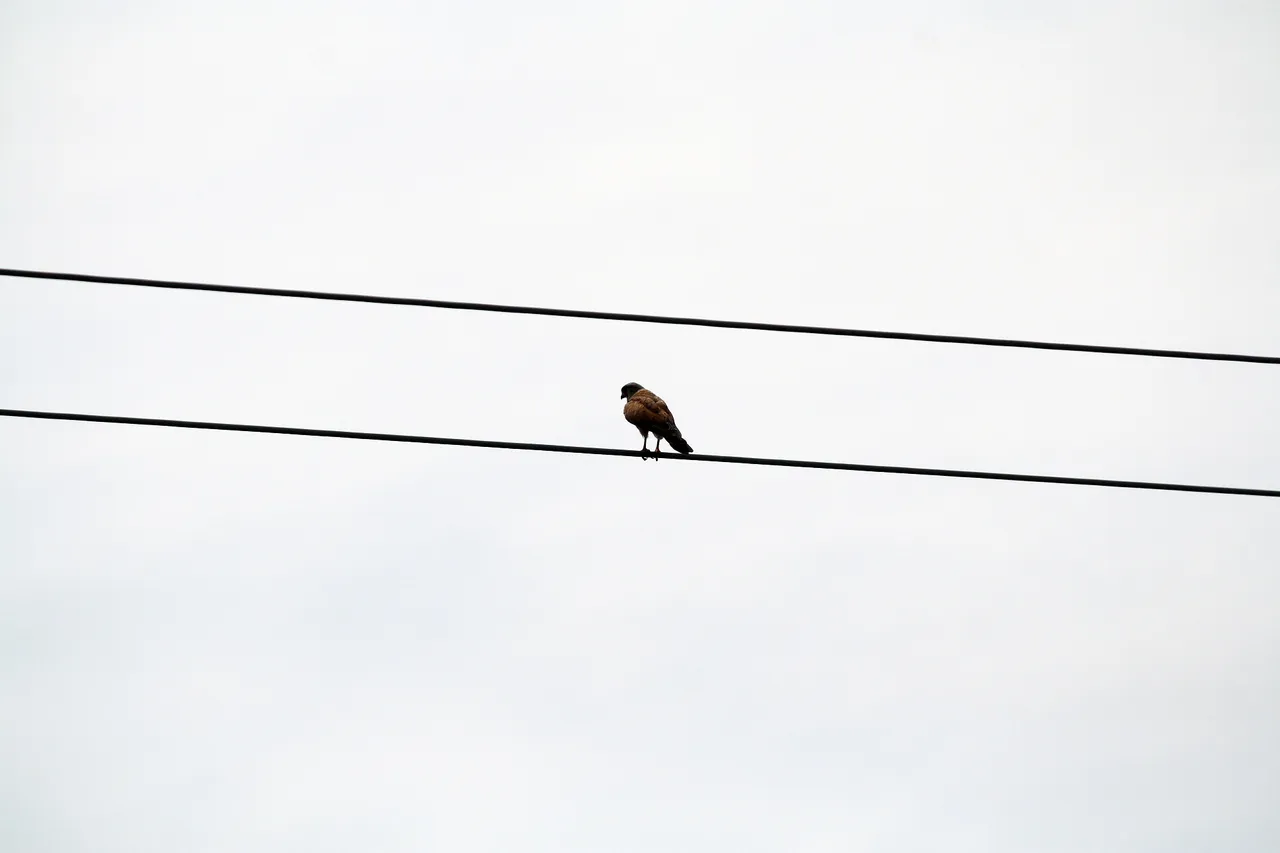
Common moorhen
It is a common bird of stagnant water like a pond. They are currently occupied with caring for young birds.
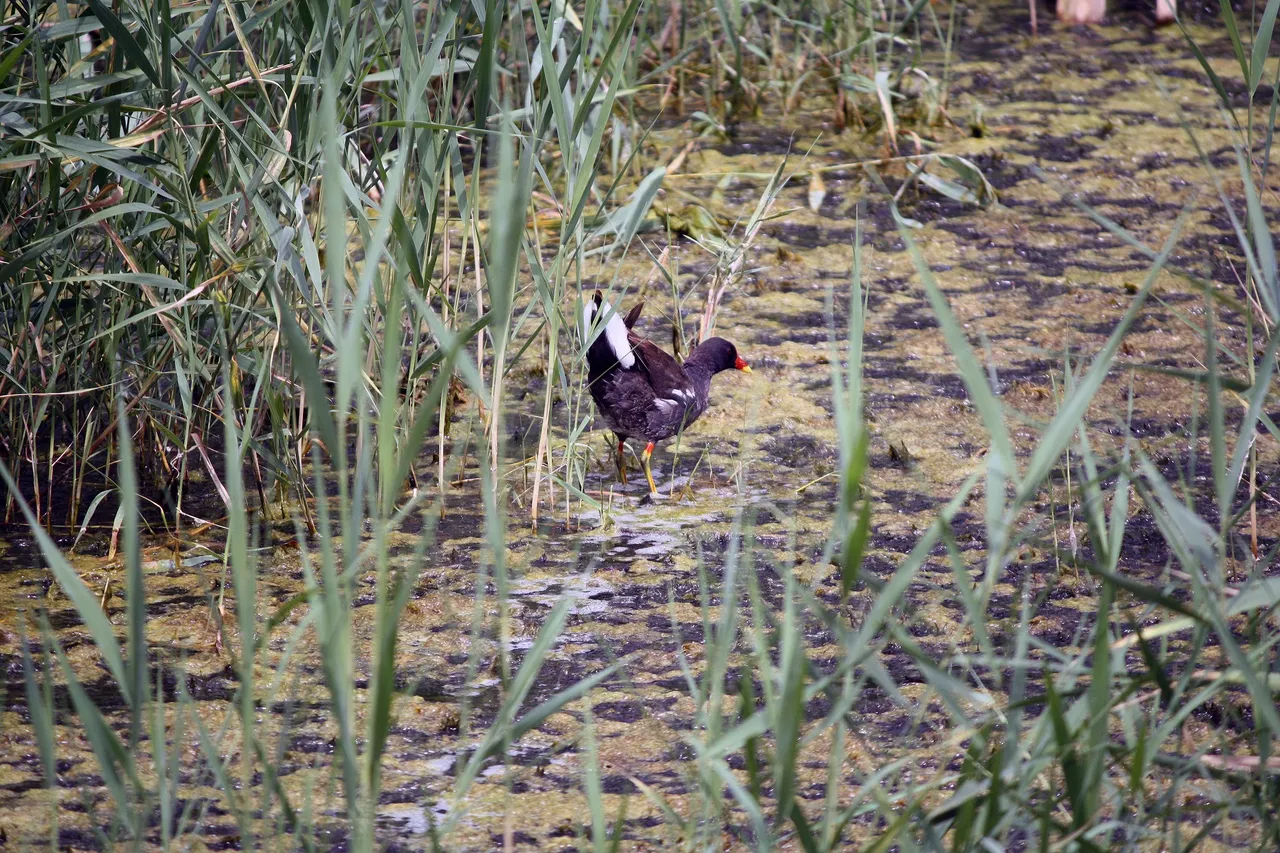
Common starling
They represent the biggest wanderers at the moment. They are constantly on the move and in another location in search of juicy fruits.
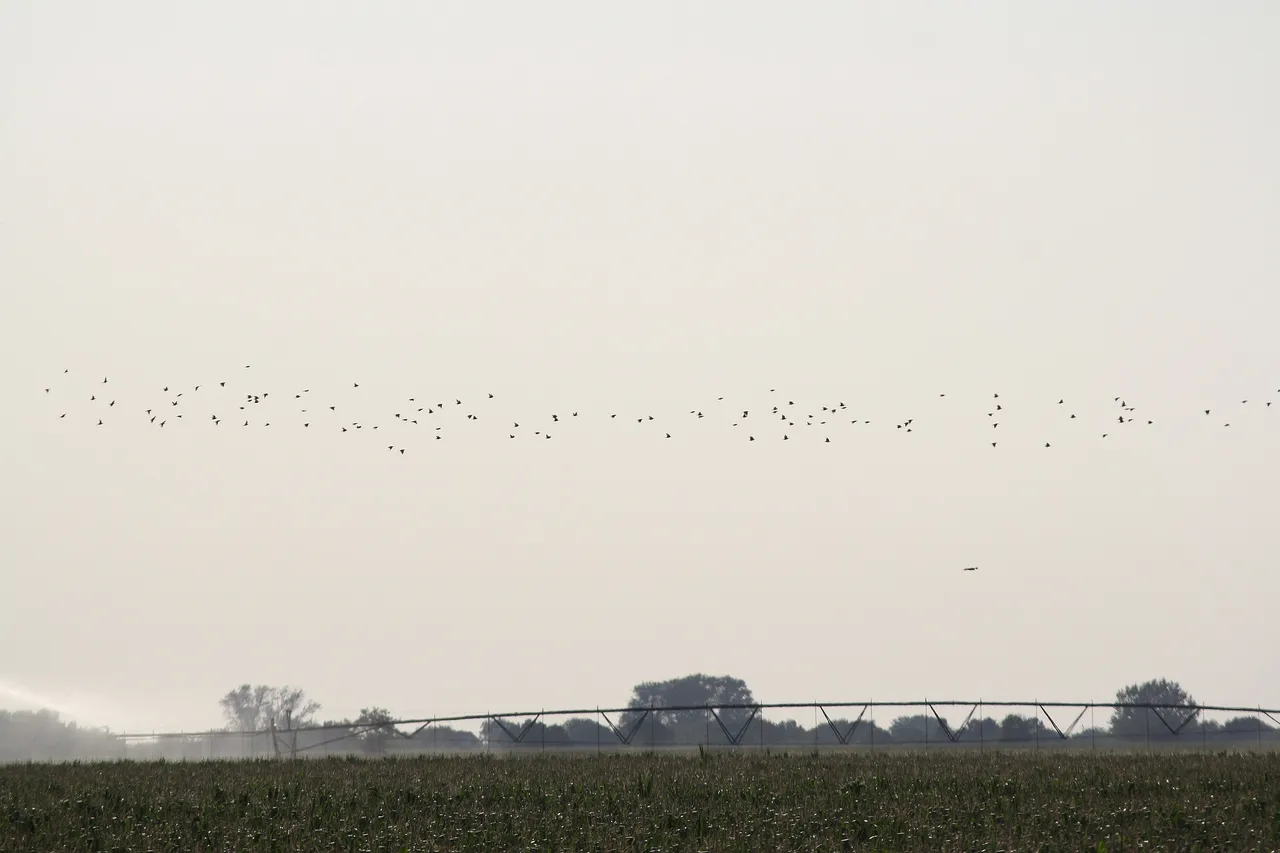
Eurasian collared dove
I see them almost everywhere. They are mostly in pairs, and sometimes a lone bird can be seen on a tree or power line.
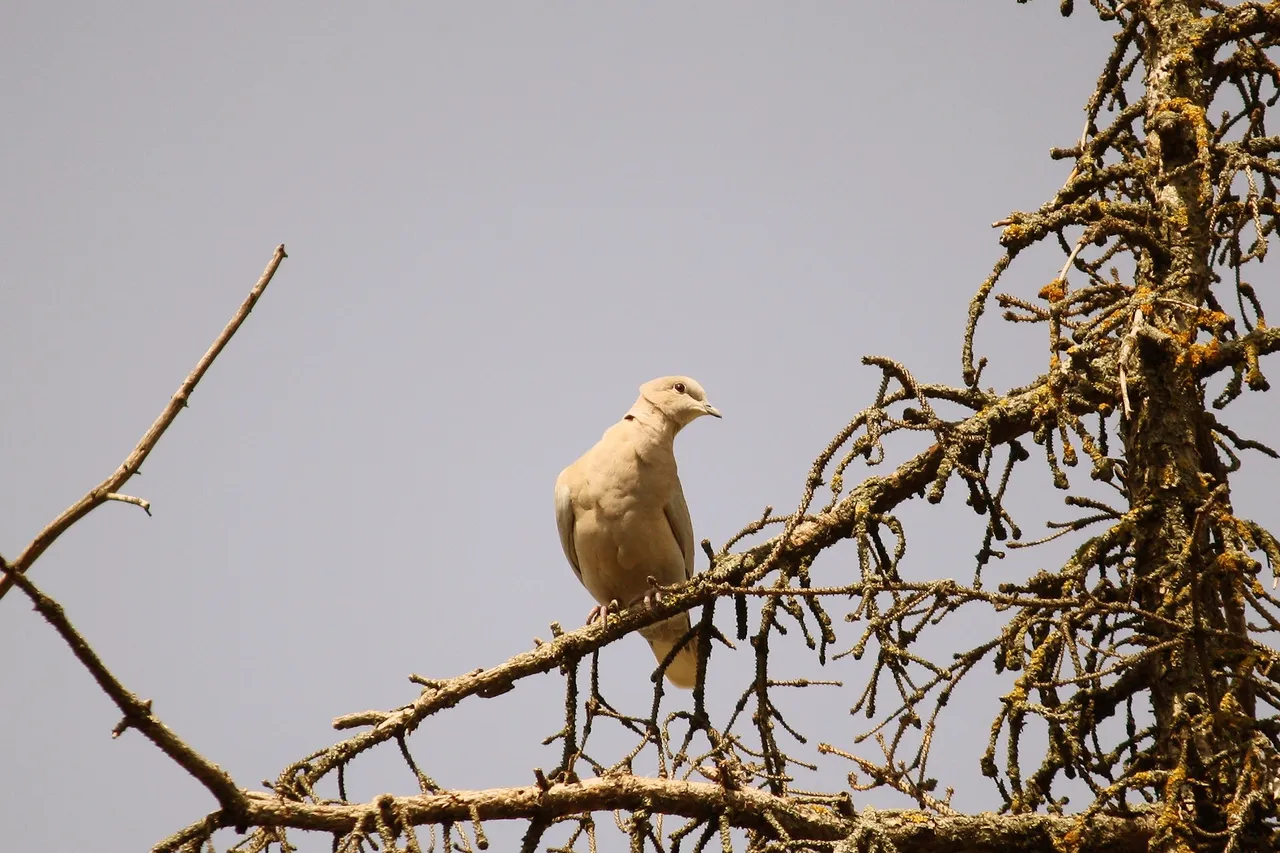
European goldfinch
It is a common bird that is still found exclusively outside or around the perimeter of populated areas.
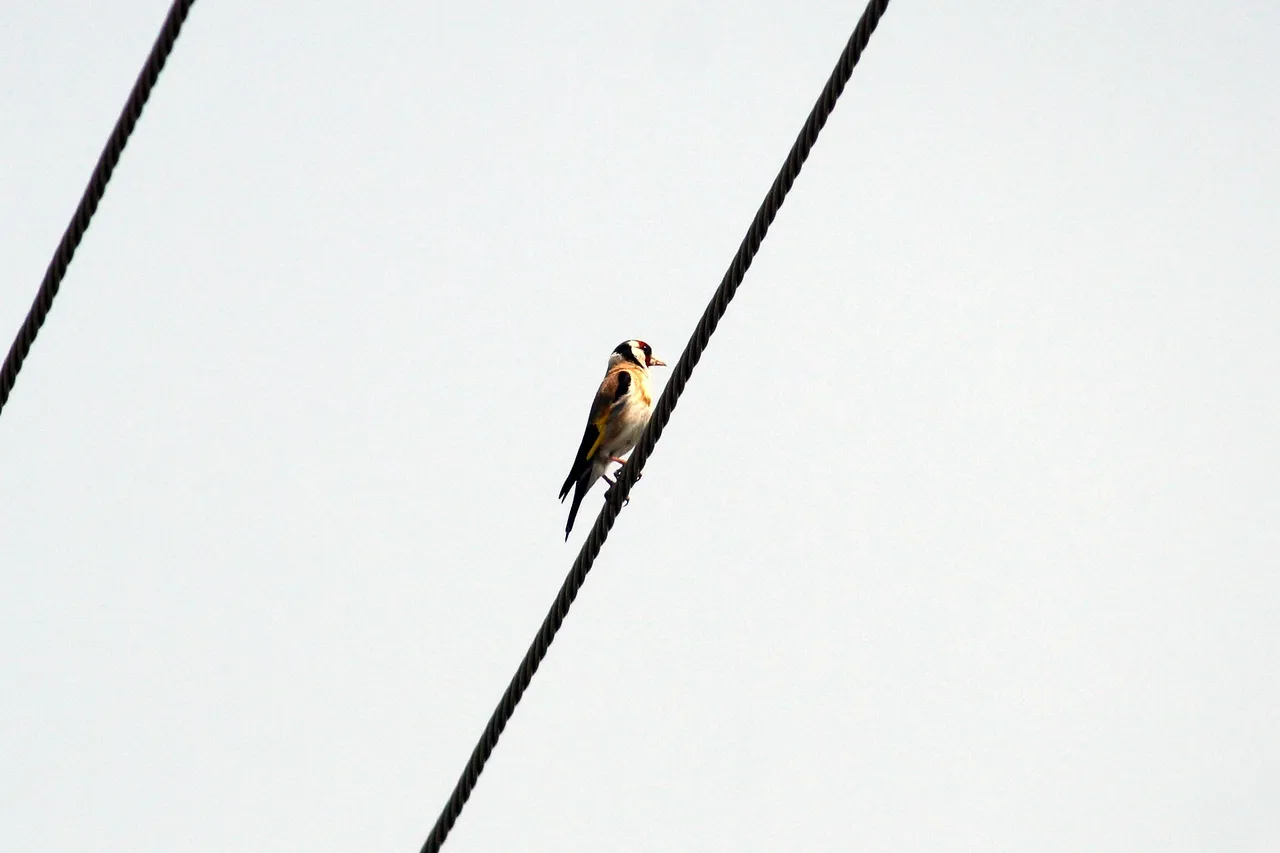
European greenfinch
Another species of bird that I usually only hear and rarely see. Luckily this time she was in my line of sight at the top of the tree.

Great grey heron
He still won't let me get close enough. I will definitely have to hide one day near the location he visits often.
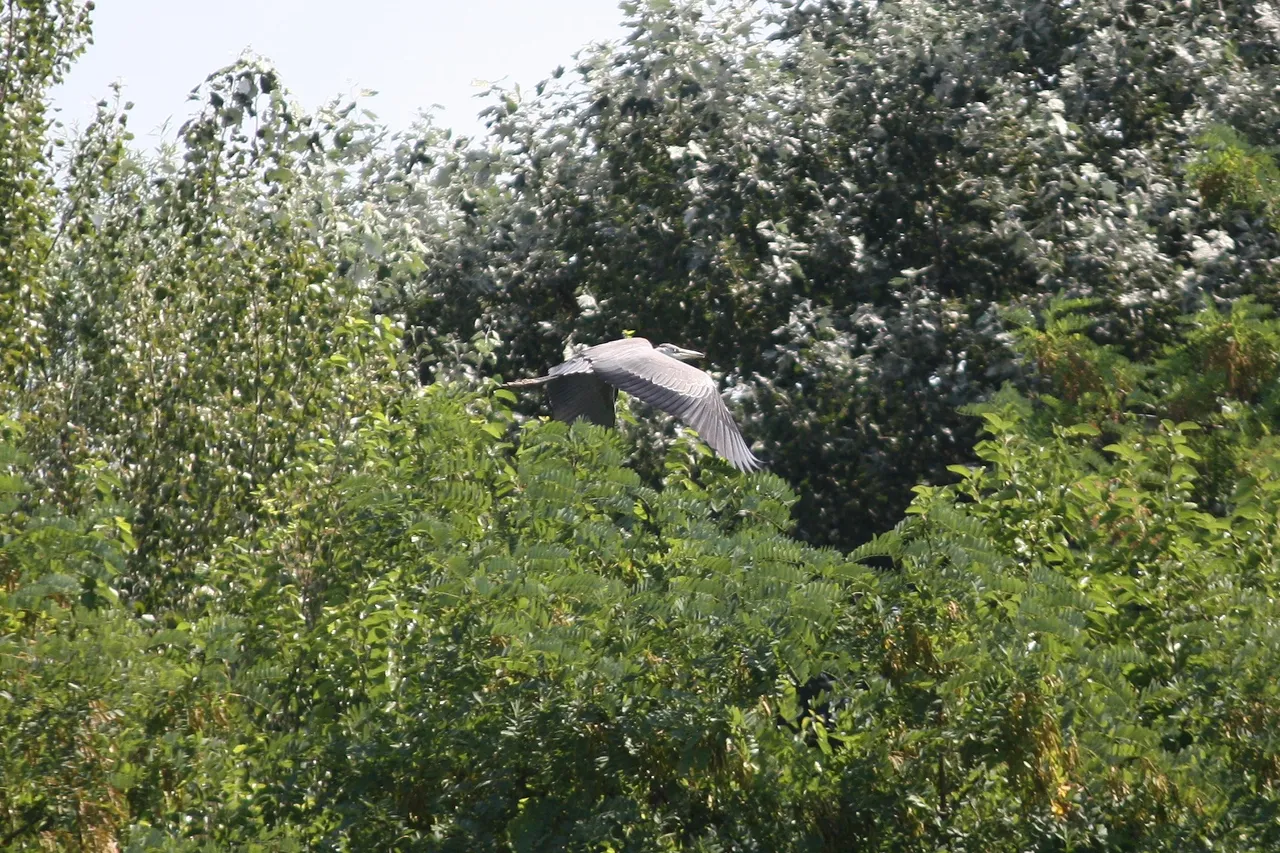
Hoopoe
This species of bird is slowly but surely approaching the settlement. During the spring, I only saw them a few kilometers away from the settlement, while I currently see them in my street.
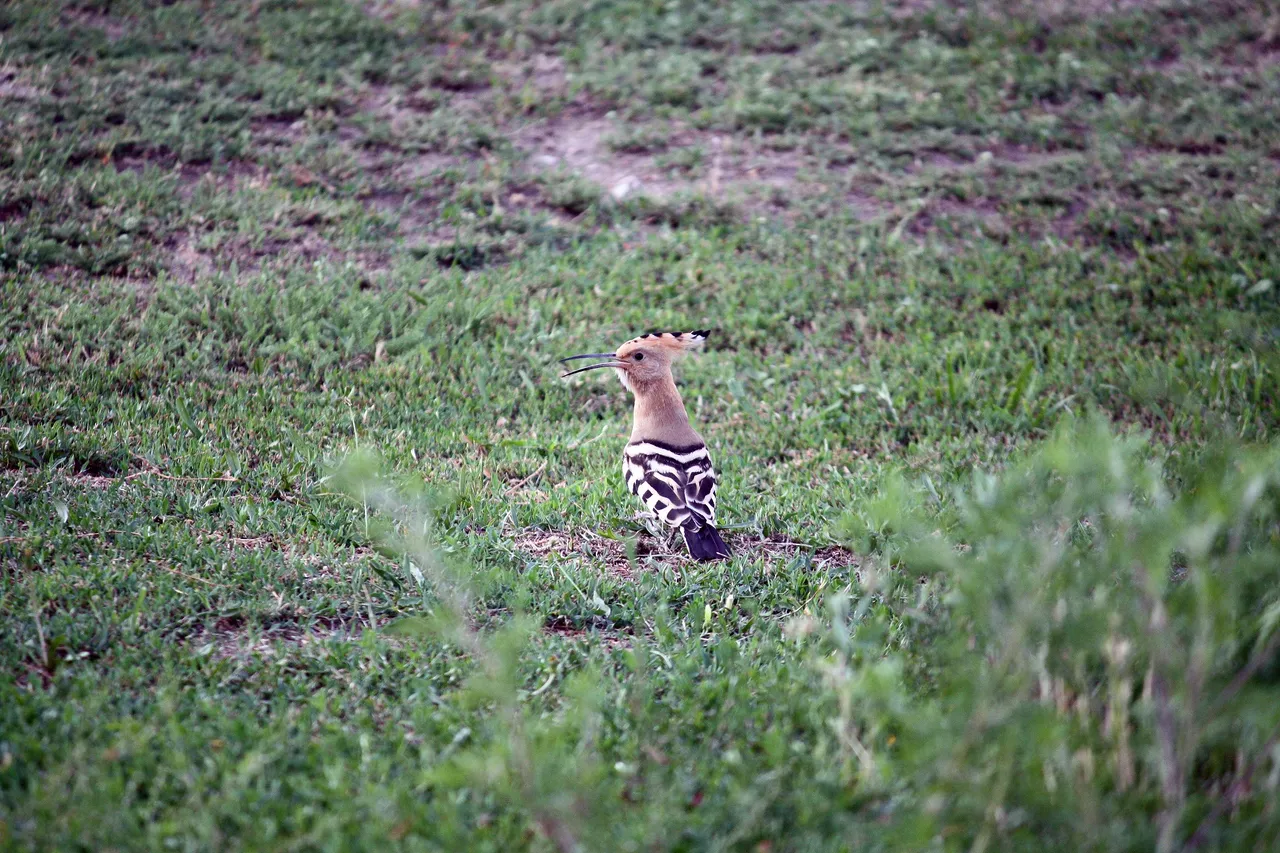
House sparrow
The most numerous bird that can be seen everywhere. It is related to humans and most of them are in populated areas. Sometimes they can be noticed near populated places as they search the environment for food.

Lesser gray shrike
Sometimes I meet them and sometimes I don’t. I mostly see them near the road between the two settlements.

Little egret
Unlike the great white egret that I often saw during the winter months, I see this one more during the summer. It is a common bird of marsh habitats and can be seen near ponds and canals.
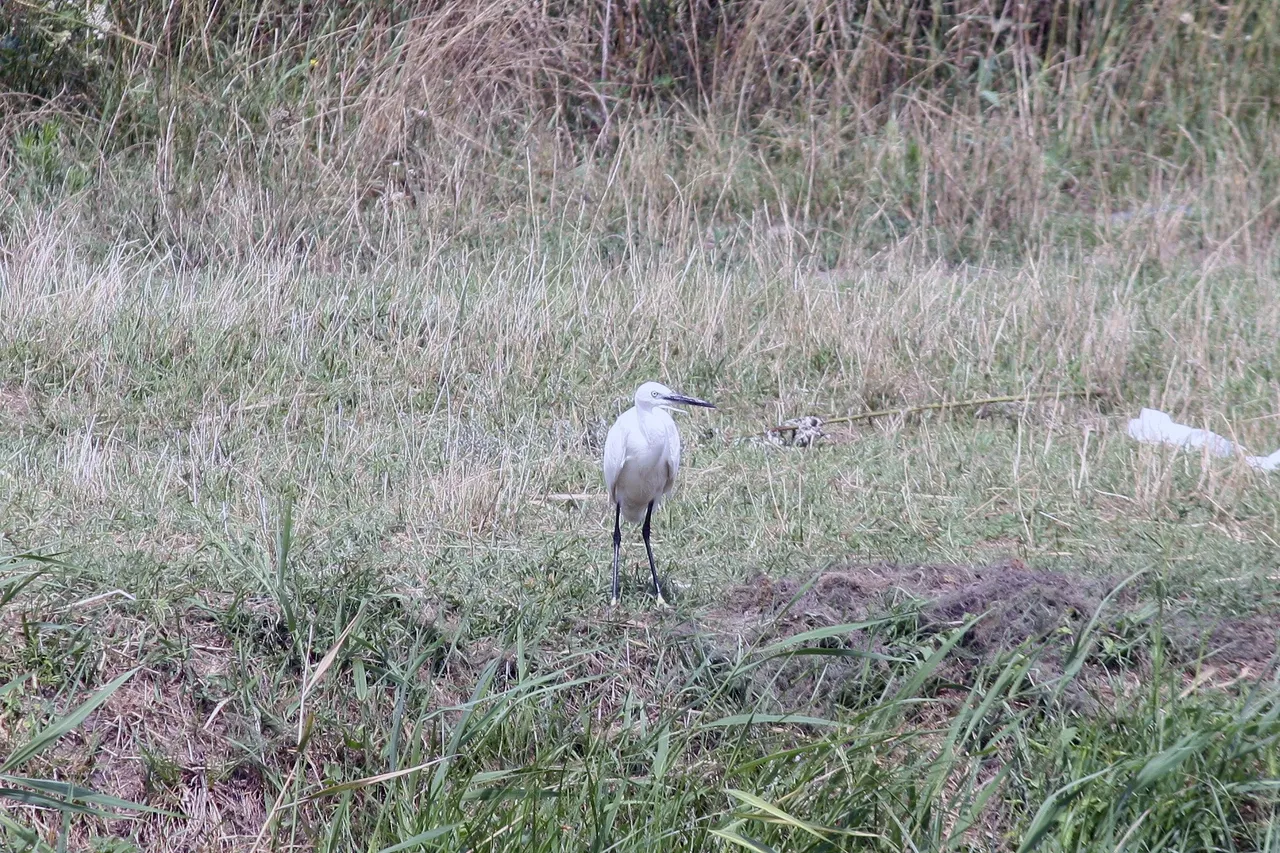
Little grebe
Only one bird can be seen fishing in the canal. I see her exclusively in the same place.

Magpie
A tired and thirsty magpie is waiting on the roof for me to pour her water.
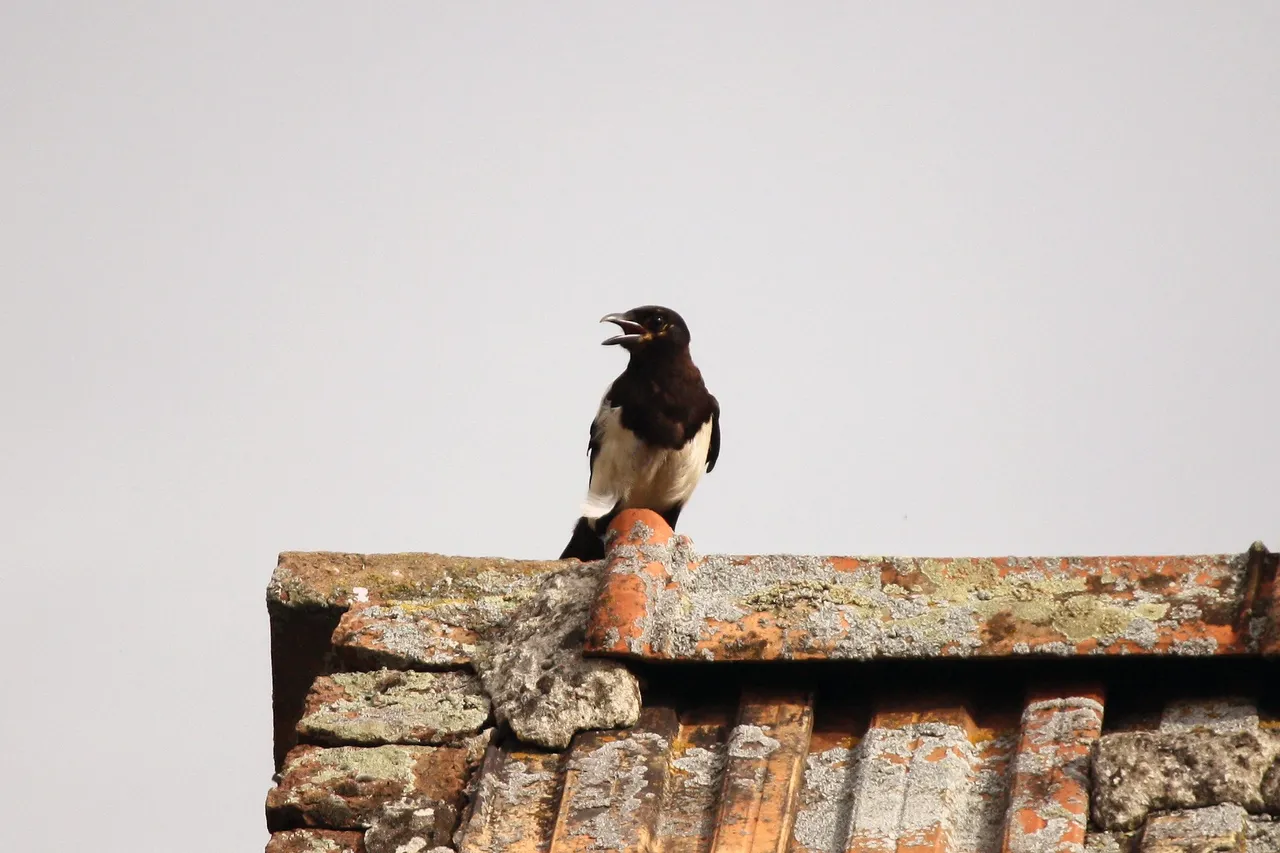
Red-baked shrike
It shares the same space as the African stonechat. It is also slowly moving deeper into the field off the roads.
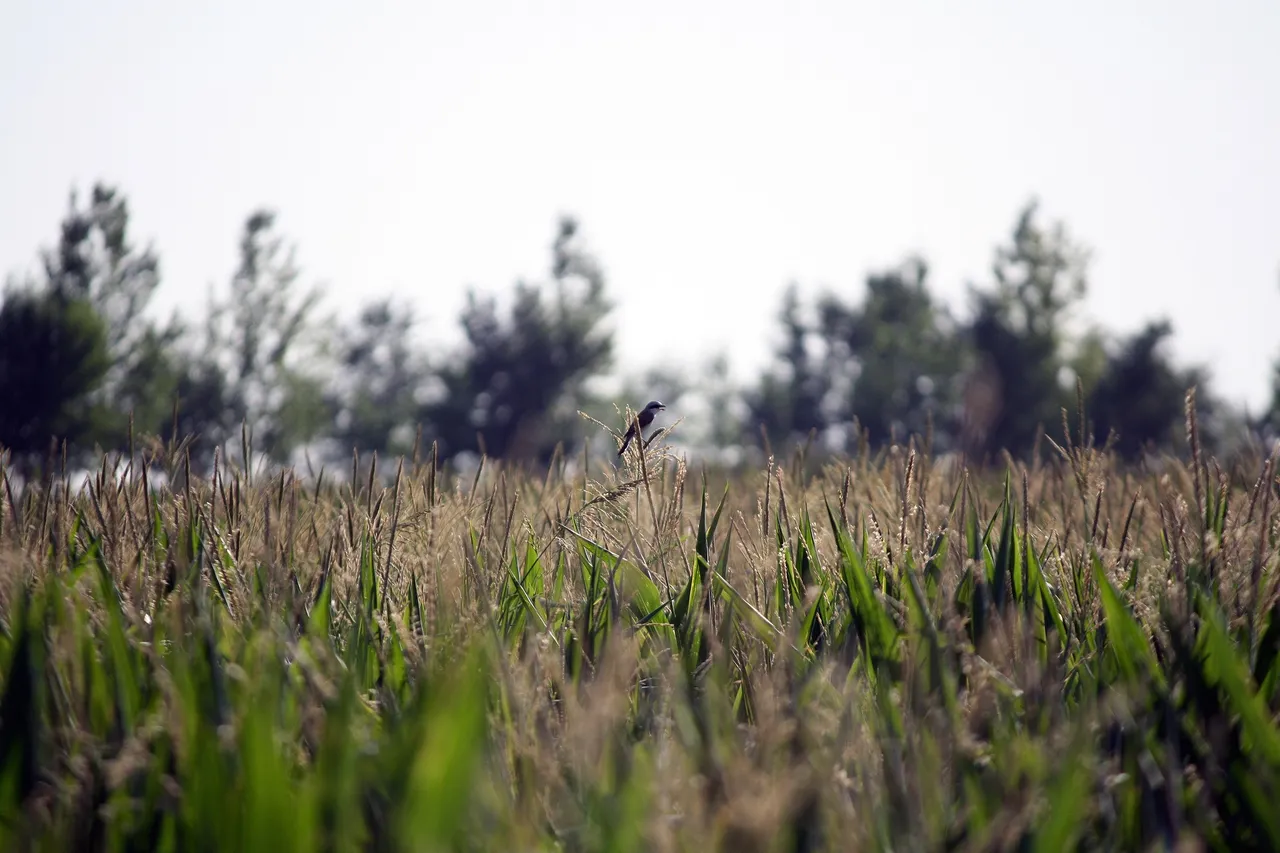
Rock pigeon
During a hot day, the most important thing is to find any source of water. A puddle formed near a car wash can certainly serve.
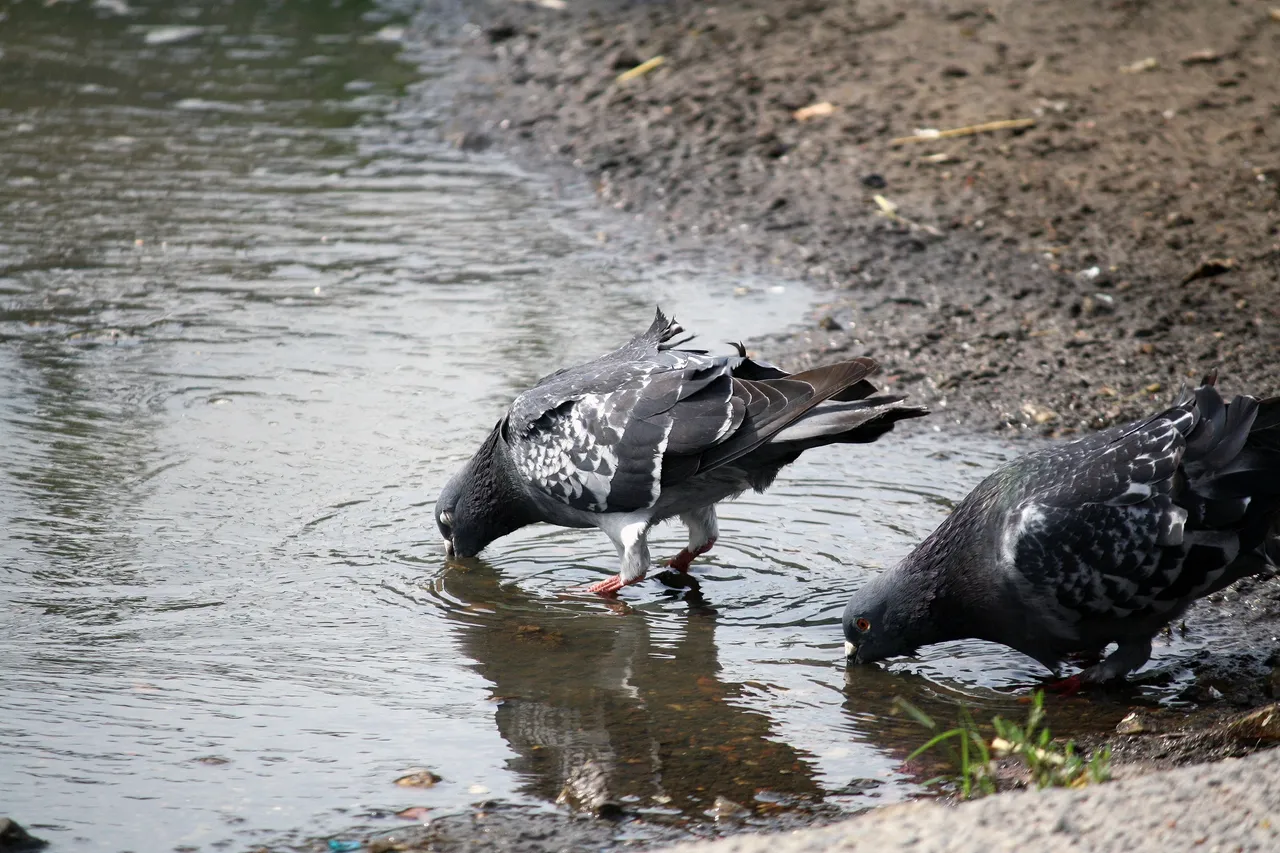
Rook
Like starlings, they just circle and change locations.

Squacco heron
This week I was lucky enough to attend and document various birds fishing. Unlike the gull that swallowed the fish immediately, the squacco heron flew to a nearby tree after a successful hunt.
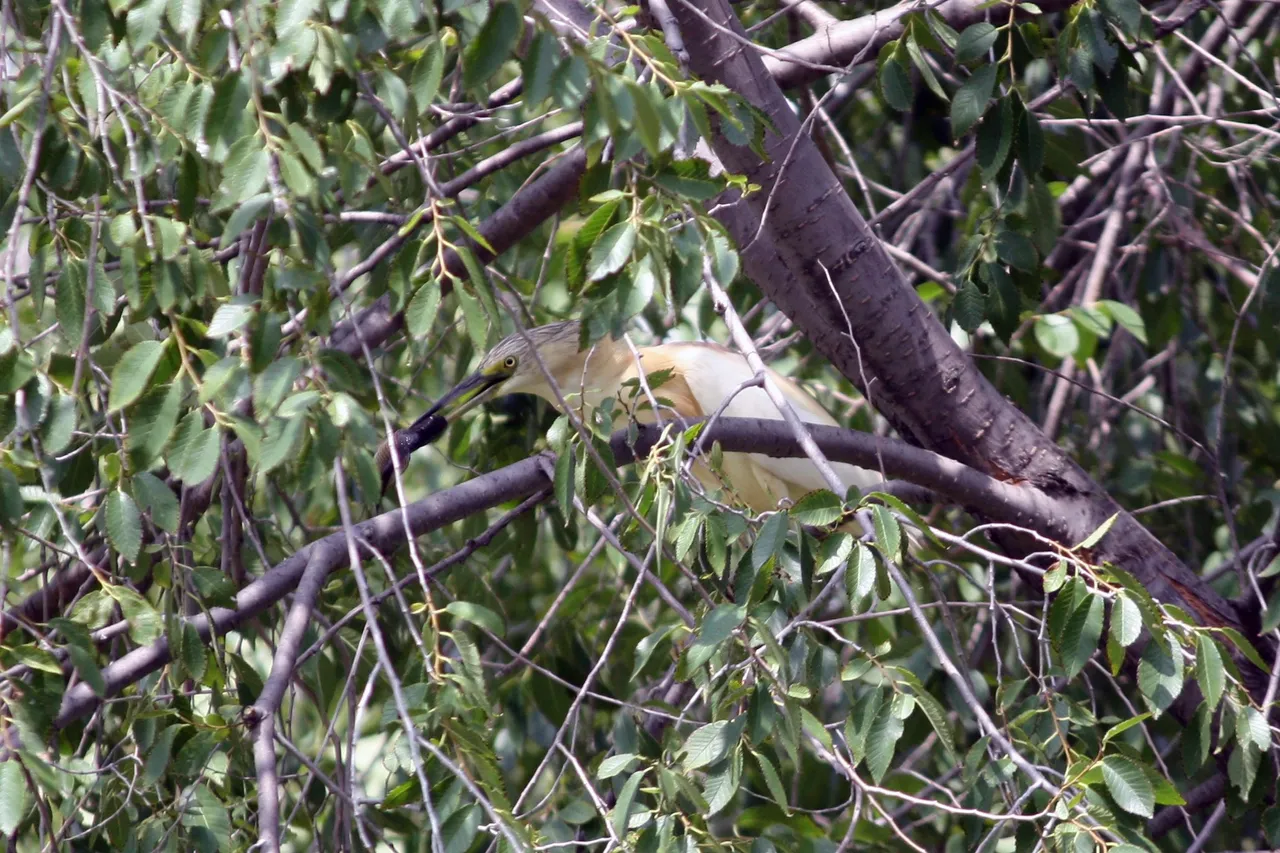
Tree sparrow
They moved away from the settlement again. Now I usually see them nearby in dense vegetation, bushes, and trees.
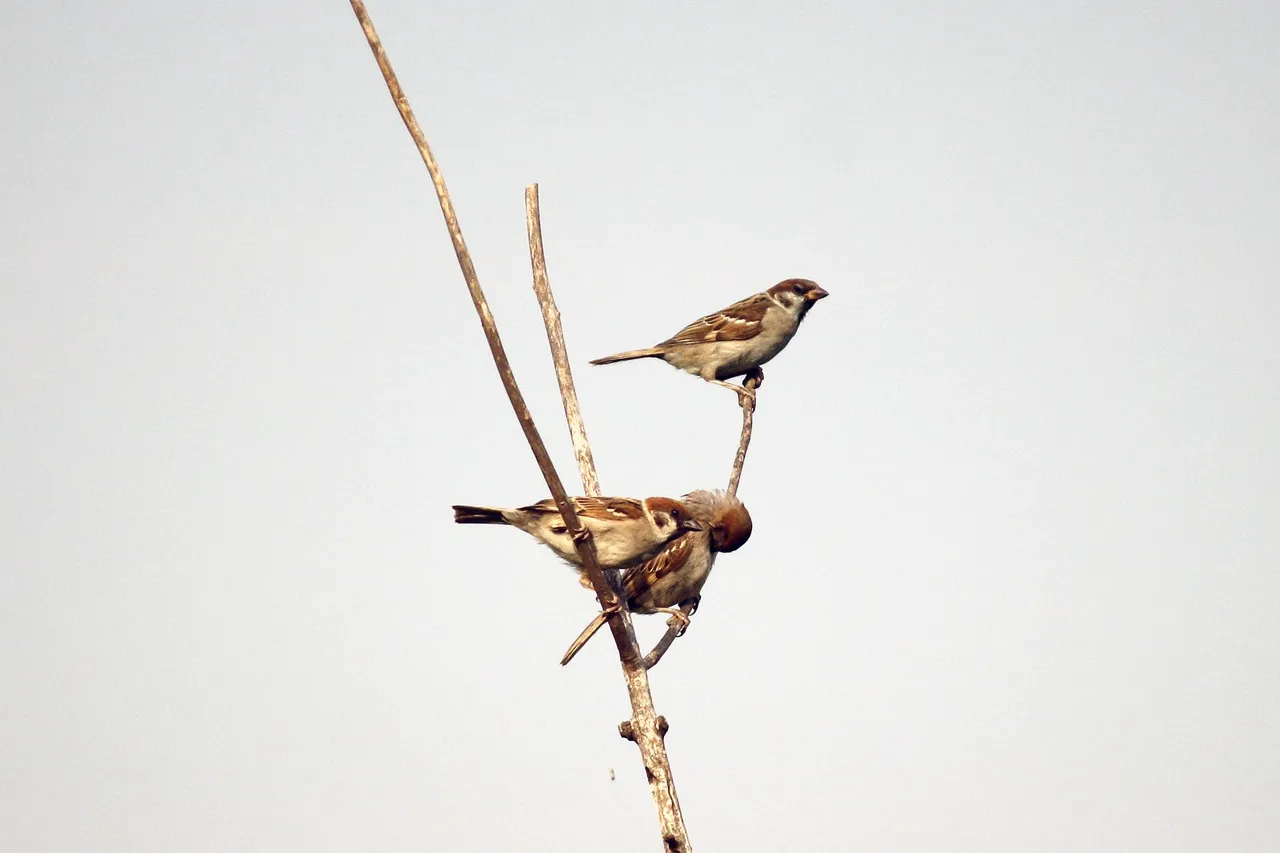
Western yellow wagtail
I noticed them from a distance deep in the field. As soon as I tried to get closer, they flew away from me.
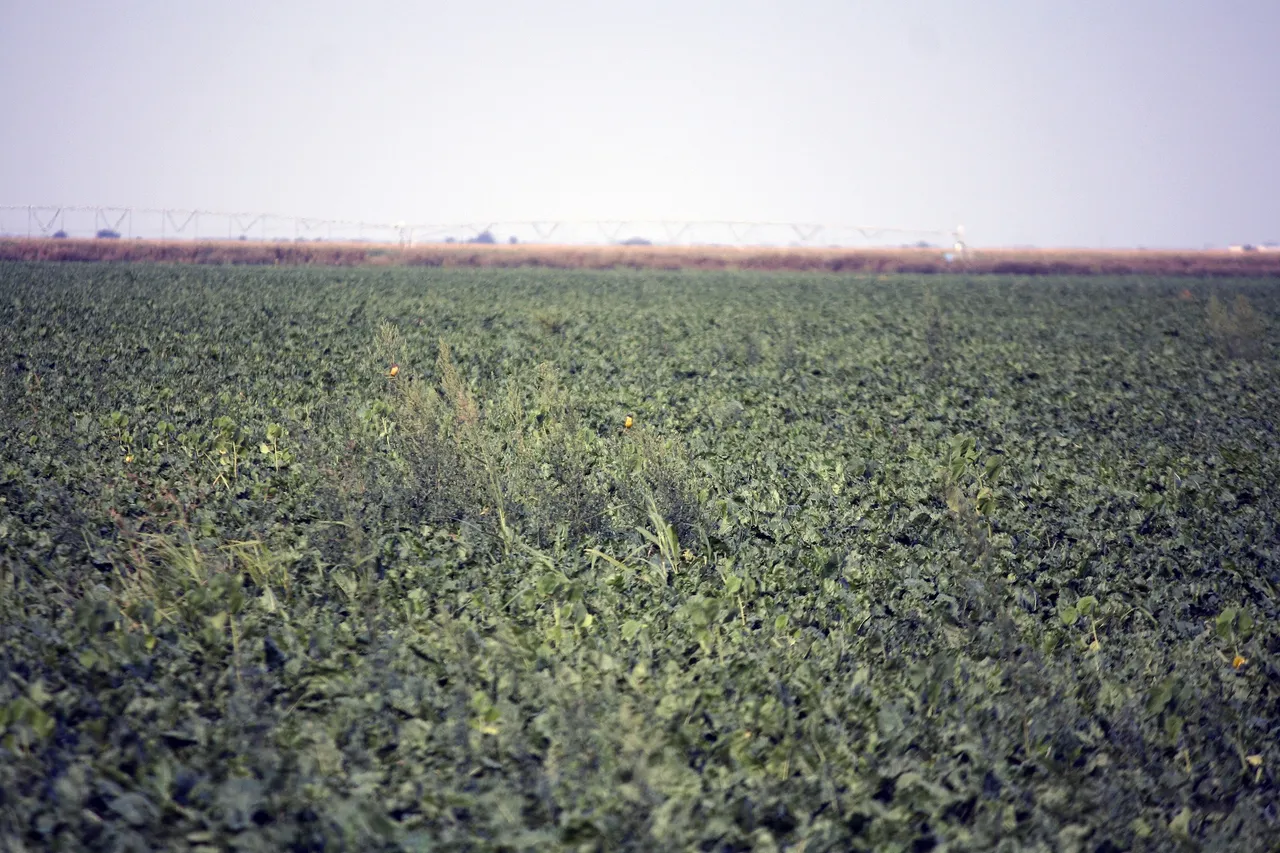
White wagtail
Unlike the western yellow wagtail, I see this species only near water.
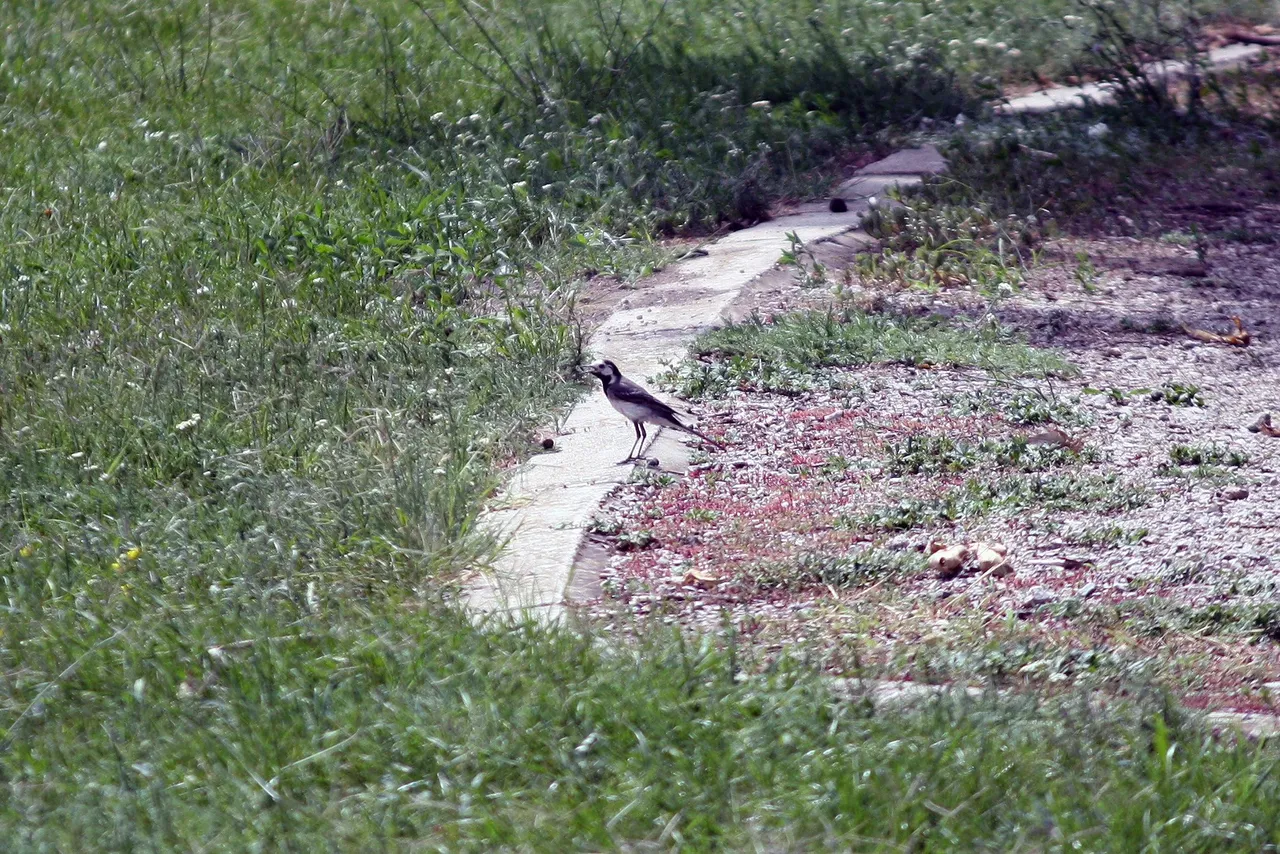
Wood pigeon
It's the mating season again because couples are being seen more and more often.
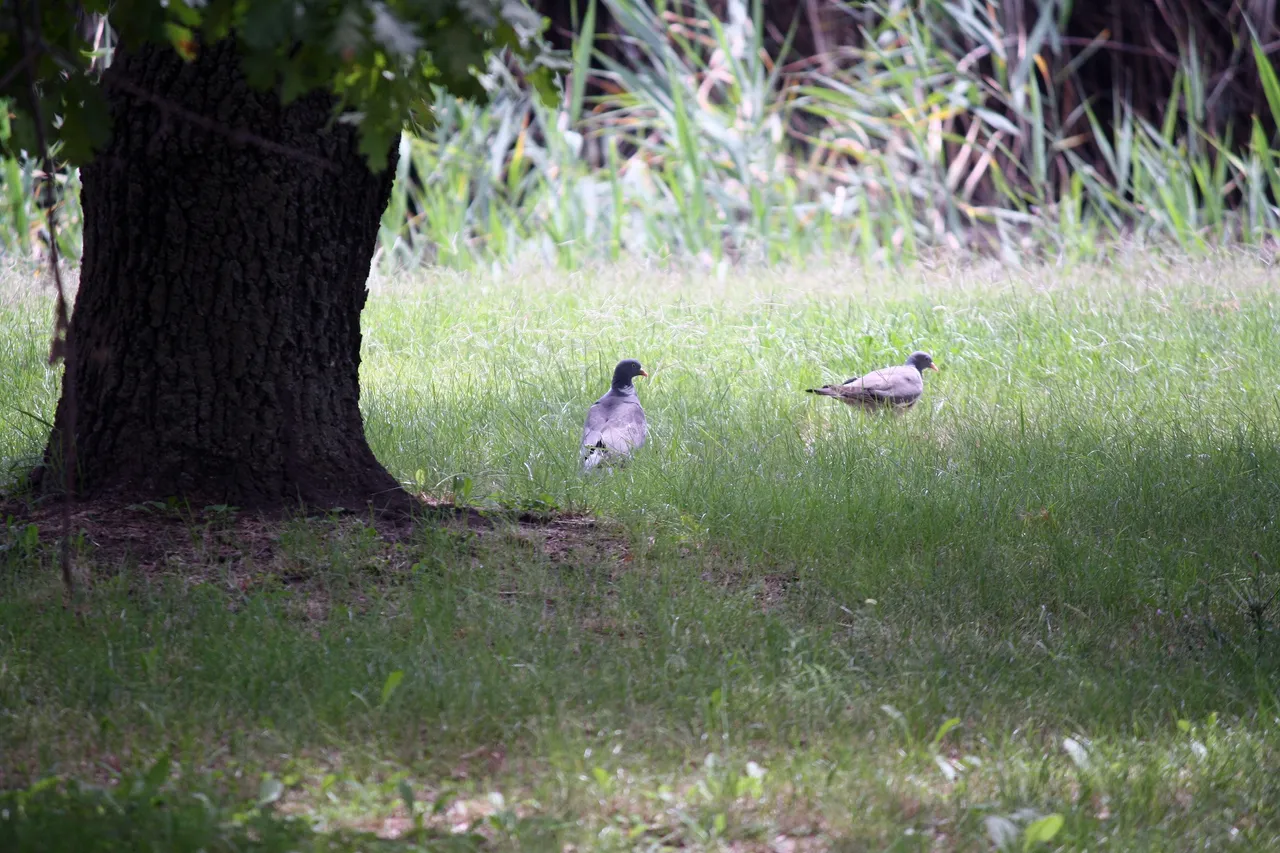
Woodpecker
Although I see them occasionally, I think there are a lot fewer of them than in the previous period.
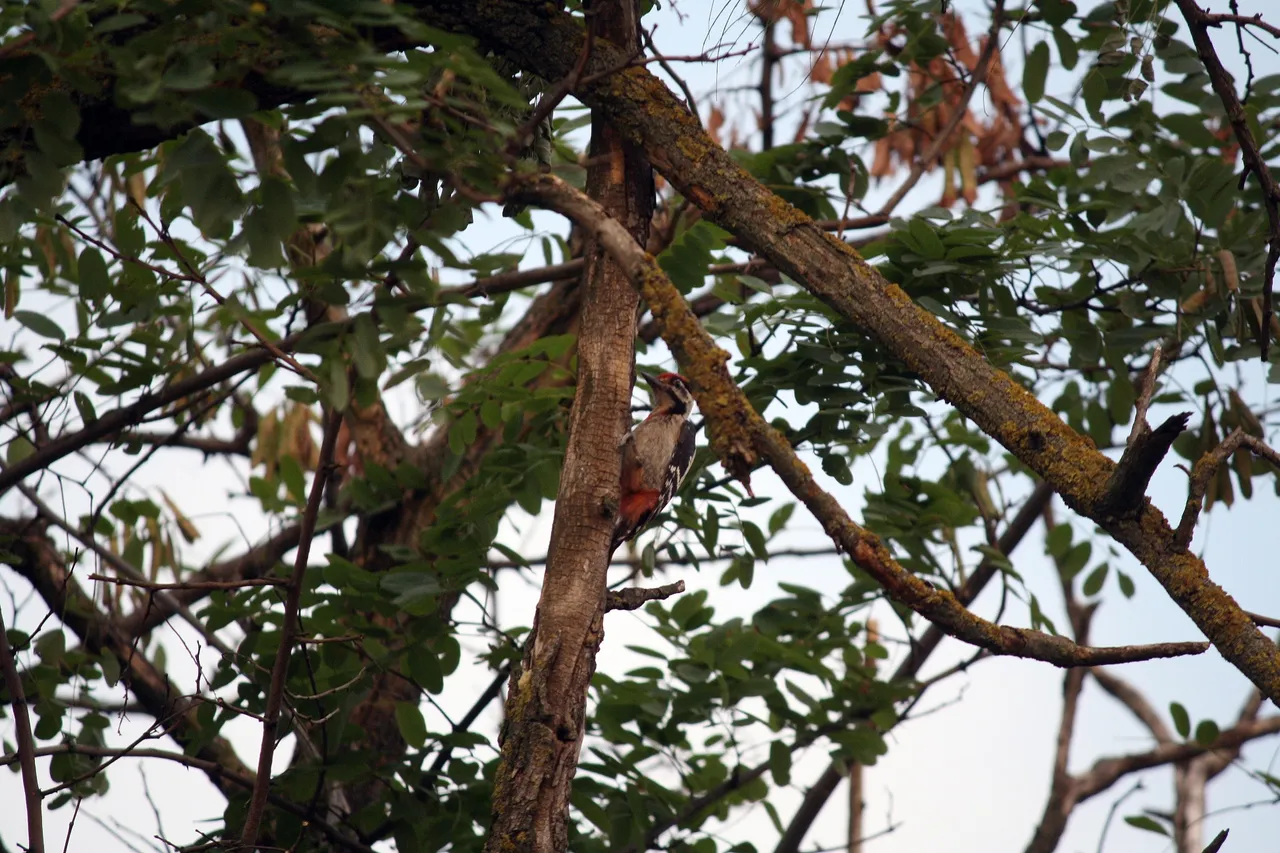
Thank you for stopping by and supporting my content!
